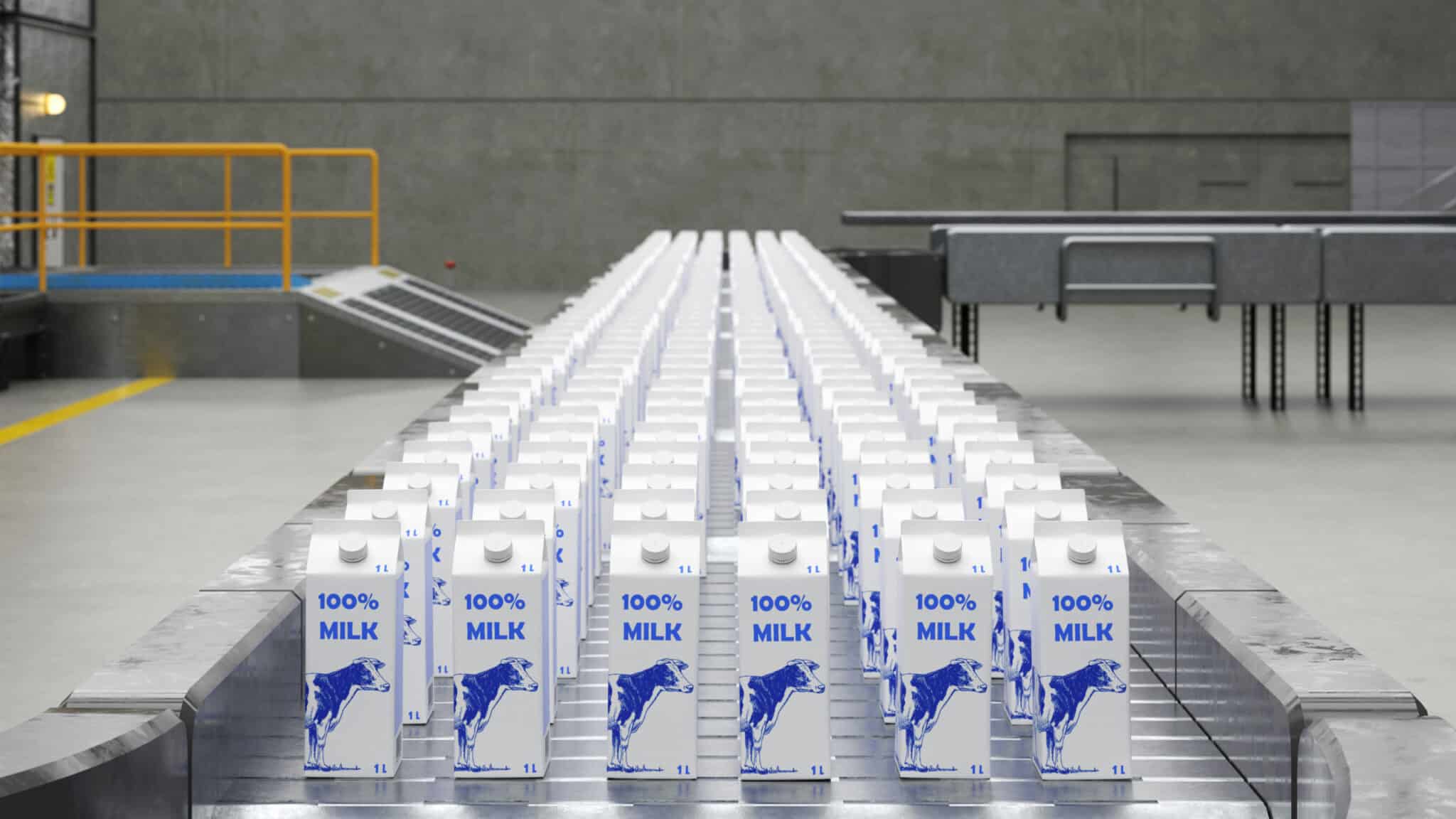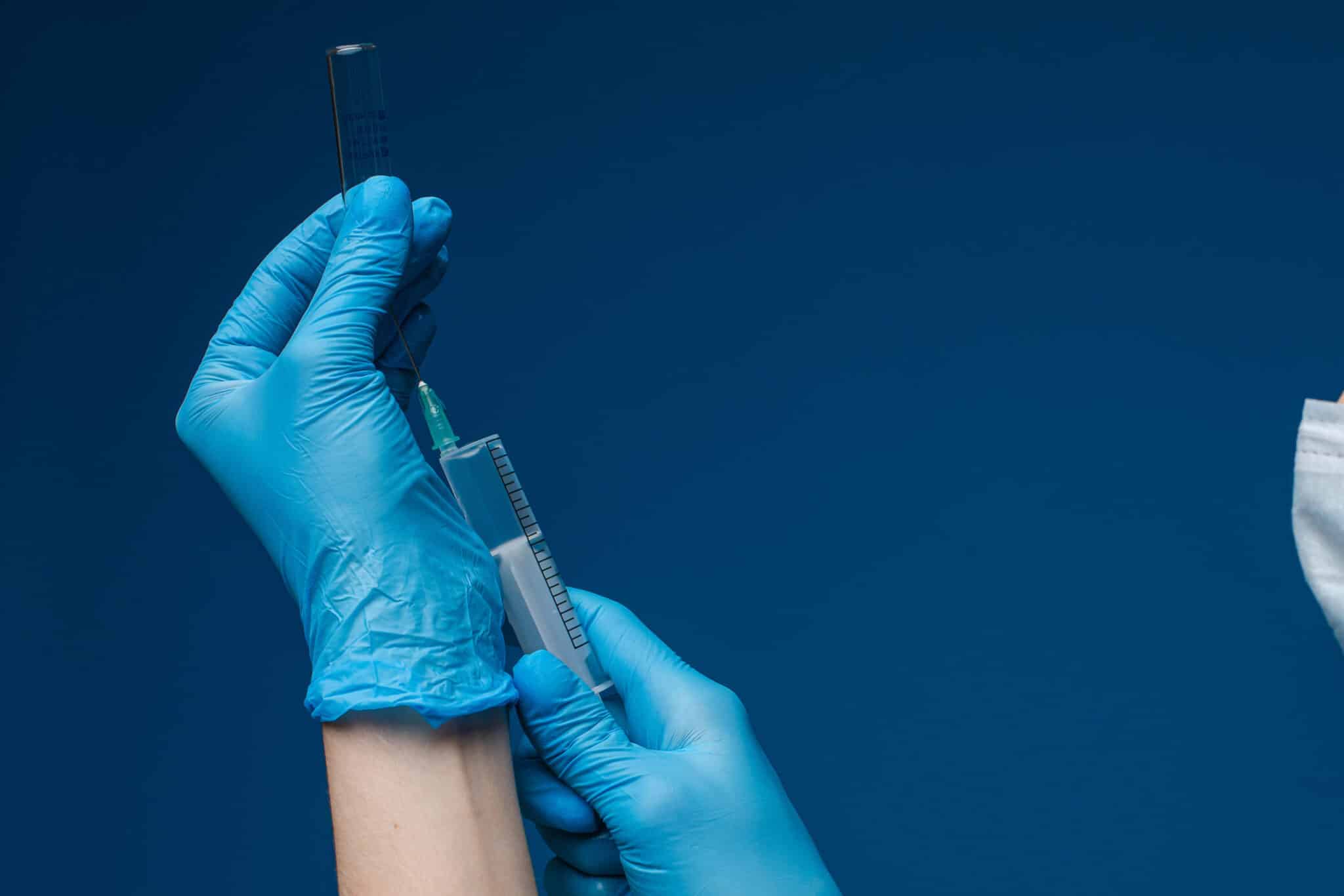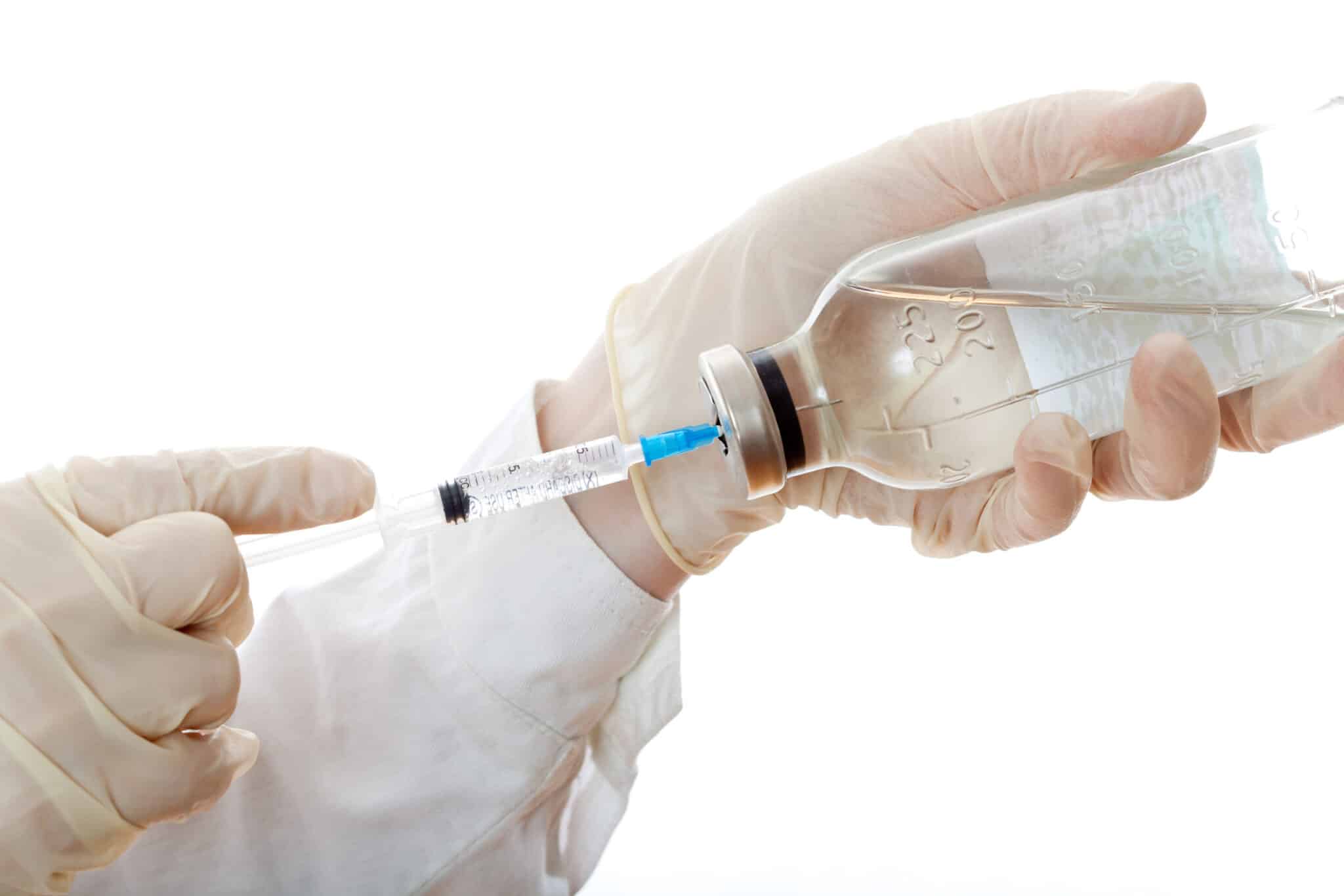Aseptic filling is a critical process for protecting the quality and integrity of pharmaceuticals.
By using aseptic filling, you can avoid contamination and extend the shelf life of your product.
This process is essential for keeping your products safe and meeting regulatory standards. If you’re curious about aseptic filling or want to learn more about why it matters, read on!
What is the Process of Aseptic Vial Filling?
Aseptic vial filling is a process where sterile products, such as pharmaceuticals, are filled into hermetically sealed containers. This helps to protect the product from contamination and allows for longer shelf life.
The process involves creating a wholly sterilized environment and then introducing the material. This requires the use of specialized equipment and techniques designed to prevent contamination.
The process is often performed in a cleanroom environment, which helps maintain the product’s sterility.
All materials must be sterile during the filling process, including containers and packaging materials.
This helps to ensure that no bacteria or other contaminants can enter the package and contaminate the product.
What are the Techniques of Aseptic Filling?
Aseptic filling can be performed using several different techniques.
The process is designed to minimize the risk of contamination and keep your product sterile throughout the entire process.
Each technique has advantages and disadvantages, so choosing the right one for your product is essential.
Some of the most common techniques include:
- Heat
- Mechanical
- Irradiation
- Chemical
We’ll go over each of these techniques in more detail below.
Heat
Heat is the most common way to sterilize containers and packaging materials before aseptic filling.
This technique utilizes high temperatures to kill off any bacteria or other contaminants that may be present in the material.

Mechanical
The mechanical method of aseptic filling involves using specialized equipment to create a sterile environment.
This process uses filters, air blowers, and sterilizing agents to eliminate any contaminants that may be present in the air or on surfaces.
Irradiation
Irradiation is a technique that uses high-powered radiation to sterilize containers and packaging materials.
This process is typically used for products that need to be exposed to extreme temperatures or for applications where time is of the essence.
Chemical
The chemical method of aseptic filling utilizes special chemicals, such as the following:
- Ethylene oxide
- Formaldehyde
- Hydrogen peroxide
These chemicals are used to kill any bacteria or other contaminants that may be present in the material.
Aseptic Terminology
When it comes to aseptic filling, there are several key terms that you should know.
These include the following:
- Vial
- Cartridge
- Vaccine
- Sterile
- Syringe
- Parenteral
- Injectable
Vial
A vial is a container made of glass or plastic and used to store liquids, powders, or other small objects. They can also be made from silicone, rubber, or other materials.
They come in various sizes and shapes and are often used in medical and laboratory settings. Vials can be sealed with a rubber stopper and sealed with a cap.
Cartridge
A cartridge is a container made of metal, plastic, or glass that is sealed to protect its contents.
It is used to store and dispense medication, typically in the form of a syringe.
Vaccine
A vaccine is a substance that helps the body build immunity to infections. Vaccines are created through a process of biomanufacturing which is often done in an aseptic environment.
The weakened viruses, bacteria, or other organisms are injected into human cells on the back of a lab mouse.
If it is effective, the human cells will create immunity, replicating in numbers. From there, the vaccine can be developed. It is given as an injection or sometimes as an oral vaccine.
Sterile
Sterile means an object or environment is free from all living organisms, including microorganisms.
Maintaining a sterile environment when working with products that will come into contact with the human body is crucial.
Hospitals and other healthcare facilities use sterile techniques to prevent the spread of infection.
Syringe

A syringe is a device used to inject or draw fluid from the body.
It is commonly used for medical treatments, such as the following:
- Delivering medication
- Taking blood samples
- Administering vaccines
Parenteral
Parenteral refers to administering drugs or other substances directly into the body, typically through a vein or muscle.
This is done when a drug cannot be taken orally, such as in the case of chemotherapy or some forms of antibiotics.
Injectable
Injectable is a term used to describe medications or treatments that must be administered through an injection, such as insulin.
Injectable medications are delivered directly into the bloodstream for fast and efficient absorption.
By understanding these terms and techniques, you can ensure that you choose the right one for your product when considering aseptic filling.
Executive Wrap Up
Aseptic processing is a necessary process used to produce medical and pharmaceutical products.
It involves a combination of mechanical, irradiation, and chemical techniques to create a sterile environment for product filling.
By understanding what aseptic processing is and the associated terminology, you can ensure that your product is filled safely and efficiently.
Do you have any questions about aseptic filing? Let us know in the comments!
Aseptic Filing FAQ
Aseptic filling is a process used for manufacturing medical and pharmaceutical products. It involves creating a sterile environment through mechanical, irradiation, and chemical techniques to safely fill items with required liquids or solids.
Vial filling is the process of transferring a liquid or solid into a sealed vial. This process is often performed in a sterile environment and can be used for the packaging of pharmaceuticals, vaccines, and other medical products.
Aseptic refers to a process used for the control of microorganisms, while sterile indicates that an object or environment is free from all living organisms. Aseptic techniques are often used in medical and laboratory settings to maintain a sterile environment.
Aseptic fill and finish is a process used in the manufacture of medical products such as vaccines, drugs, andbiologicals. It involves filling components into sterile containers under controlled conditions to ensure product safety and quality.
Aseptic filling is used in medical and pharmaceutical settings to maintain a sterile environment and to prevent the spread of infection. It also ensures that products are filled quickly and efficiently, with minimal risk of contamination.


